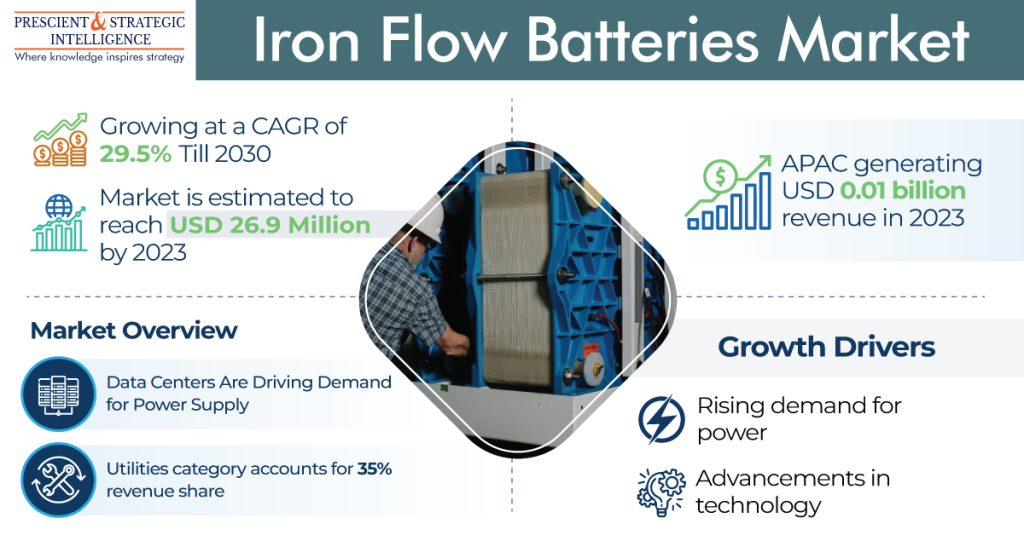The polymethyl methacrylate market was USD 6,185.2 million in 2023, and it will touch USD 8,946.1 million, with a 5.5% compound annual growth rate, by 2030.
This is because of the increasing utilization of PMMA across different sectors, including construction, signs & displays, electronics, and automotive, beneficial government policies, and the growing need for lightweight materials across verticals.

In 2023, the general-purpose category, based on grade, was the larger contributor to the industry, with a 62.4% share, and it will continue this trend in the coming years.
This can be because of the increasing adoption of general-purpose PMMA in the automotive, construction, and many other sectors. This is because this type is extremely resistant to UV light and shows better surface hardness than other thermoplastics.
The construction category, based on application, was the largest contributor to the polymethyl methacrylate market in 2023, with a 31.4% share, and it will remain the largest throughout this decade. This can be because of the quickly surging populace in urban areas, the growing trend of green building materials, increasing investment in the residential sector, and the rising standard of living.
The automotive category will observe the fastest CAGR in the coming years. This is because of the increasing need for new-generation automobiles, particularly EVs; rising findings by automotive companies in expanding their manufacturing output, and surging requirements to produce highly fuel-efficient and lightweight vehicles.
In addition, PMMA sheets are utilized in car exterior & interior panels, windows, spoilers, fenders, instrument covers, motorcycle windshields, and other ancillaries.
APAC led the industry in 2023, with a 38.0% share, and it will remain leading in the years to come. This is because of the expanding healthcare, agriculture, and electronics sectors, the shift of international companies’ production facilities to this region, and increasing manufacturing investment and R&D by industry giants.
North America was a significant contributor to the industry in 2023. This can be mainly because of the enhanced healthcare infrastructure, rising construction rate, and surging adoption of signs and displays in this continent.



